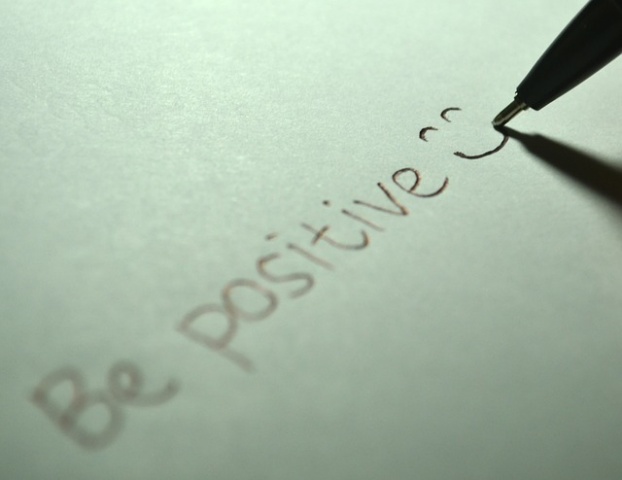 Have you ever heard of the phrase mind over matter? The main premise behind the popular saying is that our minds, composed of our thoughts, feelings and emotions, have a big influence on our physical bodies and external environment. A different way of explaining this phenomenon is the “mind-body connection,” or in some cases, “the placebo effect.” This subject is widely studied, especially in the area of chronic pain. All bodies of research point to a really incredible outcome: positive thinking can improve pain symptoms. On the flip side, negative thinking can contribute to worsening pain or at least inhibiting one’s ability to cope with it.
Have you ever heard of the phrase mind over matter? The main premise behind the popular saying is that our minds, composed of our thoughts, feelings and emotions, have a big influence on our physical bodies and external environment. A different way of explaining this phenomenon is the “mind-body connection,” or in some cases, “the placebo effect.” This subject is widely studied, especially in the area of chronic pain. All bodies of research point to a really incredible outcome: positive thinking can improve pain symptoms. On the flip side, negative thinking can contribute to worsening pain or at least inhibiting one’s ability to cope with it.
A clinical psychologist, Nicola Turner, recognizes that the medical profession often creates a disconnection between one’s physical pain and mental patterns. She explains, “we’ve been conditioned to separate physical and emotional problems when in fact you can’t have the mind without the body.” This idea brings attention to the integration of cognitive behavioral therapy, or CBT, with physical therapy. CBT is regularly used as a treatment for an array of mental health issues such as anxiety, stress management, and even phobias. Interestingly enough, Warwick University conducted a study in 2010 on patients with severe back pain and concluded that those who combined their standard treatment with CBT showed double the improvement in pain versus those who received the physiotherapy, osteopathy, or acupuncture alone.
While this gave answers to the mind-body connection in reference to pain, it also left researchers with a lot of questions. Does negative thinking really make pain worse? How exactly does positive thinking improve our pain? And what are ways to implement these ways of thinking into our everyday lives so we can see the benefits for ourselves?
Although two people’s pain perception may be the same, the suffering they experience in response to the pain can differ greatly. Some experience an increase in related problems, such as lack of activity, depression, poor sleep, limited social interaction, and so on, while others are not affected much by these lifestyle alterations. This difference can be simply seen as optimism versus hopelessness. A lot of responsibility lies in our brain’s release of certain hormones, such as serotonin and dopamine, for example, which both contribute to our happiness.
Positive thinking has proven to change the livelihood of those suffering from chronic pain in one’s lifestyle, brain chemistry, and health. Here are some tips to implement positive thinking today:
- Experiment with ways to cope with stress more effectively
- Maintain a regular meditation practice
- Smile even when you don’t want to (it works!)
- Apply yourself socially
- Flex your creativity muscles
- Stay active in ways you enjoy
- Build a support system
- Get introspective; make a customized definition of what happiness is to you!
Related: Natural Ways to Relieve Chronic Pain, (Click Here)
Check out our articles and infographics to learn a multitude of ways to start relieving your pain naturally!
At Real Time Pain Relief, we not only care about the quality ingredients that go into each and every one of our products – but also about the people who buy them. We hope this blog, and the articles posted on it, become a valued resource for your own personal journey to better health. We know natural products that reduce your pain at the source are important to you, and for more than 17 years, our Real Time Pain Relief rub-on has been providing fast acting, targeted pain relief with natural ingredients to thousands of satisfied customers. From the useful information on this blog to our high-quality natural products, we hope you become one of the thousands of customers telling us they “Enjoy Living Again!”
Sources for this post:
- http://www.dailymail.co.uk/health/article-2058072/Back-pain-Research-shows-positive-thinking-just-helpful-painkillers.html
- https://steptohealth.com/negative-thoughts-emotions-harm-body/
- http://www.webmd.com/pain-management/chronic-pain-using-healthy-thinking
- http://www.apa.org/helpcenter/chronic-pain.aspx
- http://www.health.com/health/gallery/0,,20655874,00.html/view-all
- Log in to post comments

